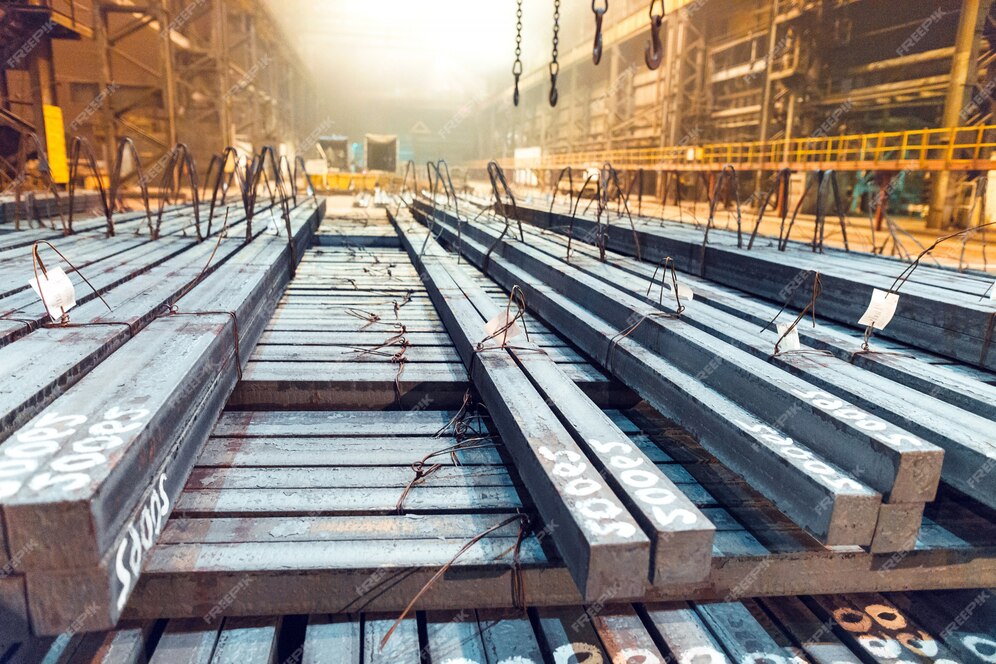Introduction
Robotic sheet metal welding has emerged as a transformative technology in the manufacturing industry, offering numerous advantages in terms of precision, speed, and efficiency. In this article, we will explore the recent advances in robotic sheet metal welding and their impact on the fabrication process.
Enhanced Robotic Systems
Recent advancements in robotic systems have significantly improved the capabilities of robotic sheet metal welding. High-speed processors, advanced sensors, and improved motion control algorithms enable robots to perform complex welding tasks with exceptional accuracy and repeatability. The integration of artificial intelligence and machine learning algorithms further enhances the adaptability and efficiency of robotic welding systems.
Vision Systems and Sensing Technologies
Vision systems play a crucial role in robotic sheet metal welding by providing real-time feedback on weld quality and enabling adaptive control. Advanced cameras and sensors can detect variations in joint fit-up, monitor welding parameters, and ensure precise torch positioning. This results in improved weld quality, reduced defects, and enhanced overall process control.
Collaborative Robotics
Collaborative robots, also known as cobots, have gained popularity in sheet metal welding applications. These robots can work alongside human operators, enhancing productivity and flexibility on the shop floor. With built-in safety features and intuitive programming interfaces, cobots enable manufacturers to automate welding tasks while ensuring a safe working environment.
Integration with Digital Manufacturing Technologies
Robotic sheet metal welding systems are increasingly being integrated with digital manufacturing technologies, such as computer-aided design (CAD) and computer-aided manufacturing (CAM) software. This integration streamlines the workflow, facilitates offline programming, and improves overall process efficiency. Virtual simulations and digital twin technologies allow manufacturers to optimize welding parameters, simulate weld quality, and reduce trial-and-error iterations.
Conclusion
Advances in robotic sheet metal bending have revolutionized the manufacturing industry, offering increased precision, productivity, and flexibility. With enhanced robotic systems, vision systems, collaborative robots, and integration with digital manufacturing technologies, manufacturers can achieve higher quality welds, reduce cycle times, and optimize their sheet metal fabrication processes. Embracing these advancements enables manufacturers to stay competitive in a rapidly evolving market while meeting the demands for high-quality, cost-effective, and efficient production.





